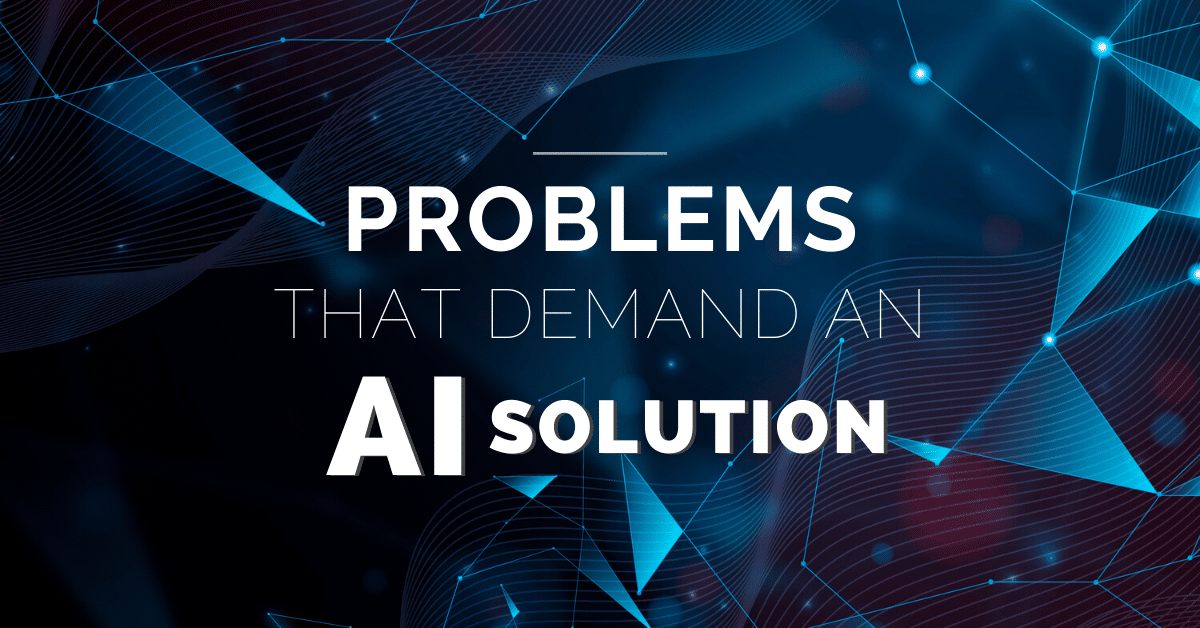Enterprises can use proven AI techniques and proven IT and business processes to identify, define, scope, prioritize and implement AI solutions.
IT leaders must start as soon as possible the work of mastering and deploying AI solutions for business value. Delaying that decision will not make adoption easier and raises the risk of you lagging behind competitors that are moving faster and more purposefully.
AI techniques and tools are being implemented in every industry and are rapidly improving, becoming more available and affordable. AI is a general-purpose technology where use cases, even from very different industries, can illuminate opportunities to apply AI to your own.
Artificial intelligence uses Machine Learning to achieve its goals and its use can encompass a wide range of different industries such as Retail, Sales, Finance, Security and Emergency Services.
Our work, and we mean Asignet’s main goal with AI, is to make improvements in the pattern of network use, properly distribute and reduce expenses by cost centers, increase productivity, enabling both automation of activities and processes, and augmentation of human capabilities at scale. It can create and sustain process efficiencies and faster and better decision making.
The underlying science and math for many AI capabilities and techniques are well-established and well understood. But the evolution of the implementation of best practices still lies ahead, so the learning curve to effectively implement AI technology can be steep.
Some digital leaders are making bold investments in emerging AI techniques via in-house development, partnerships or acquisitions. Forward-looking IT leaders monitor the pulse of new developments to quickly capitalize on the latest AI developments. As a result, their organizations are ready to exploit new opportunities when AI technologies are ripe for large-scale deployment.
Forward-looking IT leaders are evaluating the full range of AI techniques, with the majority of their spending allocated to augmenting processes and decisions.
Problems that demands AI solutions
The most common problems are well-known: identifying optimal use cases, realistically scoping the AI project, sourcing the required staff and skills, and gathering high-quality data in adequate volume.
Focus on the most urgent or important problems in key functional areas. As you identify and clarify the problem, you can start to scope your staffing and skills needs. Next, identify the data required to address the problem.
Finally, turn to the specific AI techniques that you can apply in a solution. Document a pool of use cases that are pain points because they are repetitive or because they involve complex decision making.
AI Solutions Benefits
One of the many benefits is the reduction of costs, improve efficiency and customer experience. According to this, CIOs should prioritize use cases that demonstrate business value in operational efficiency or quality improvement, and begin with small tasks before scaling the project.
On another scale, AI-powered applications can assist healthcare providers with diagnosis and search images for early cancer detection. The technology can find key factual law passages and pinpoint how lawyers have used them in other cases; dissect how certain judges think, write and rule; and assist in mediation. It even knows when to change character voices while reading a children’s book.
If CIOs focus only on further automation via AI, they miss the hidden opportunities for greater personalization and differentiation. AI can augment humans, as it can classify information and make predictions faster and at higher volumes than humans can accomplish on their own.
Potential use cases
AI technology covers a wide range of potential use cases across industries. Typically, common AI applications analyze contextual interaction data combined with historical data in real-time.
Here are next-generation examples of use cases:
- Retail: Use an on-premises robot to bring requested items (e.g., different size, color) to a consumer waiting in a dressing room.
- Sales: Transcribe and analyze online sales meetings and calls and condense sales calls into actionable summaries.
- Finance: Augment tax preparers’ expertise with AI techniques to optimize tax returns for each taxpayer. Algorithms process client answers to questions and a text analyst looks at legal and regulatory changes.
- Security: Monitor video feeds to detect, prioritize and alert about potential or actual security incidents, based on intelligent image analysis.
- Emergency services: First responders can identify victims more quickly, allowing for accelerated retrieval of medical information and first aid.
Contact us for more information about our solutions.






